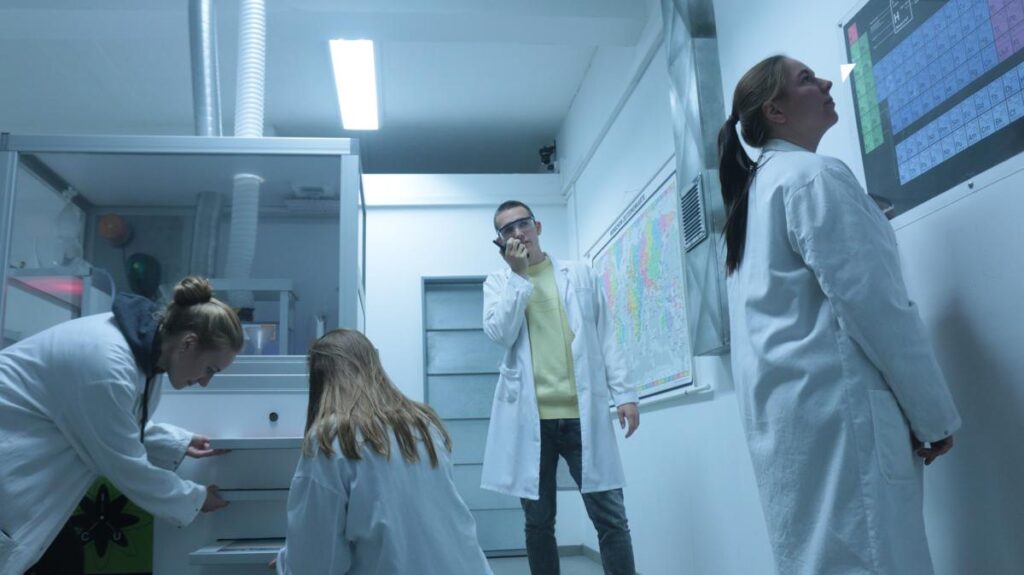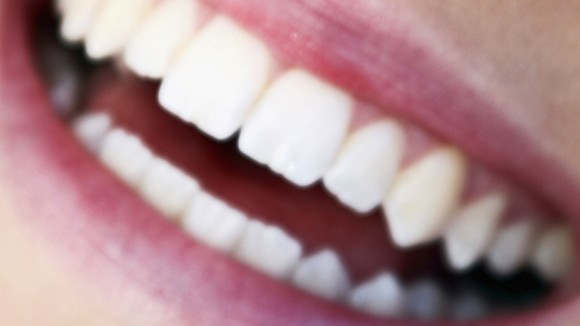Industrial metal casting has long been a foundational manufacturing method for producing complex metal components across industries. Despite technological advancements, casting defects still present challenges that can affect product quality, cost-efficiency, and performance. In this article, we’ll explore the most common defects in industrial metal casting, examine their causes, and provide strategies for prevention. We’ll also link relevant processes like prototype CNC machining and 5-axis CNC machining services, showing how they contribute to defect reduction.
Understanding Industrial Metal Casting
A Beginner’s Guide to Industrial Metal Casting
Industrial metal casting what is prototype cnc machining used for involves pouring molten metal into a mold to form desired shapes. Once the metal cools and solidifies, the part is removed, cleaned, and finished. This process is widely used for creating parts that are difficult to machine or fabricate.
There are various methods of casting, including:
- Sand casting
- Die casting
- Investment casting
- Permanent mold casting
Each method has its specific applications and defect risks. Understanding how these processes work is crucial to identifying and preventing common defects.
Common Defects in Industrial Metal Casting
Several types of defects can occur during metal casting. These can be classified into categories such as surface defects, internal defects, dimensional inaccuracies, and material-related issues.
1. Porosity
Porosity occurs when gas becomes trapped in the metal during solidification, creating tiny holes within the casting. This can weaken the material and reduce structural integrity.
Causes:
- Inadequate venting in the mold
- Improper melting temperature
- Moisture in the mold
Prevention:
- Dry molds thoroughly before casting
- Use degassing techniques to remove gas from molten metal
- Design proper vents to allow gas to escape
2. Shrinkage Cavities
Shrinkage cavities are voids that form as the metal cools and contracts. If there’s insufficient feed metal to compensate for this contraction, cavities can appear.
Causes:
- Poor riser design
- Incorrect solidification pattern
Prevention:
- Use properly placed risers to feed molten metal during cooling
- Simulate solidification to optimize casting design
3. Cold Shuts
A cold shut defect happens when two streams of molten metal fail to fuse properly, leading to a weak joint or visible seam.
Causes:
- Low pouring temperature
- Slow metal flow
- Poor gating system design
Prevention:
- Maintain appropriate pouring temperature
- Improve gating design for uniform flow
4. Misruns
Misruns occur when the metal solidifies before completely filling the mold, resulting in incomplete parts.
Causes:
- Low fluidity of molten metal
- Inadequate pouring speed
- Narrow mold channels
Prevention:
- Increase pouring temperature or speed
- Redesign the mold for better metal flow
5. Inclusions
Inclusions are non-metallic particles like slag or sand that get trapped in the casting, affecting both strength and surface finish.
Causes:
- Contaminated mold or molten metal
- Poor filtration
Prevention:
- Use clean, high-quality metal
- Install filters in the gating system
Role of CNC Machining in Reducing Casting Defects
What is Prototype CNC Machining Used For?
Prototype CNC machining is used for creating accurate samples of a part before full-scale production. It allows manufacturers to:
- Test the part’s design and functionality
- Identify potential casting issues early
- Validate fit and performance before committing to molds
Using prototype CNC machining in the early stages can prevent design flaws that would lead to casting defects, saving both time and resources.
Importance of 5-Axis CNC Machining in Post-Processing
After casting, many parts require machining to achieve tighter tolerances or better surface finishes. This is where 5-axis CNC machining services become valuable.
Benefits include:
- High-precision trimming and hole drilling
- Machining of complex geometries without repositioning
- Enhanced surface quality, reducing the need for rework
Although the cost of 5-axis CNC machining services can be higher than simpler methods, the precision and time savings they offer can offset initial expenses, especially when correcting casting defects is more expensive.
Best Practices to Prevent Casting Defects
Prevention is always better than correction. Manufacturers can implement a variety of strategies to reduce defect rates:
1. Design Optimization
Use simulation software to optimize mold design, gating systems, and cooling channels. This can help predict issues like shrinkage or misruns before actual casting begins.
2. Material Control
Ensure that raw materials are clean, dry, and stored properly. Preheat molds and avoid using wet sand or contaminated additives.
3. Process Monitoring
Monitor parameters such as melting temperature, pouring speed, and mold humidity in real-time to ensure consistency and repeatability.
4. Quality Checks and Testing
Implement non-destructive testing (NDT) methods such as X-ray inspection, ultrasonic testing, or dye penetrant inspection to catch defects early.
5. Staff Training
Even the most advanced equipment can’t compensate for a lack of skilled labor. Make sure casting technicians and engineers are trained on defect detection and process optimization.
Conclusion
Industrial metal casting is a highly effective manufacturing method but is not without challenges. Common defects like porosity, misruns, and inclusions can compromise product quality and lead to higher costs. By understanding these issues and implementing smart prevention strategies—such as prototype CNC machining and utilizing 5-axis CNC machining services for post-processing—manufacturers can significantly improve casting outcomes.
Investing in design simulations, quality controls, and skilled labor, even at a higher initial cost, is essential for producing defect-free components. In the long run, reducing defects not only saves money but also boosts customer satisfaction and product reliability—key goals in any manufacturing operation.




